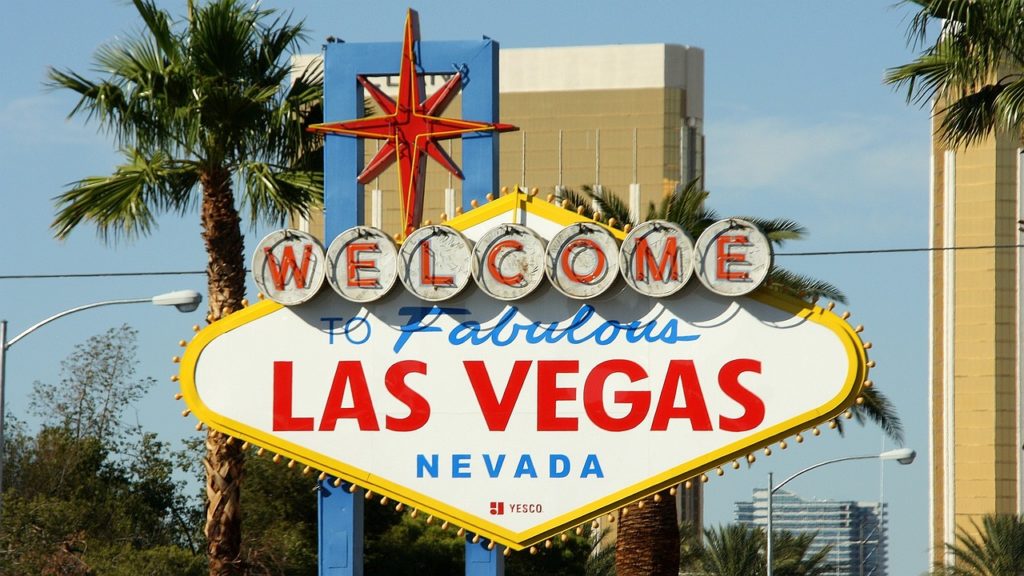TODAY IN HISTORY: The Establishment of Las Vegas (May 15, 1905)

During the 19th century, Mexican explorer Antonio Armijo was forging the way from New Mexico to California . En route to Los Angeles, the group veered from the traditional path in 1829, settling 100 miles (161 kilometers) northeast of present-day Las Vegas. Rafael Rivera, along with his scouting party, rode west to find water; Rivera left the group to venture into the desert on his own, setting his eyes upon the oasis of Las Vegas Springs. The land was named Las Vegas, meaning “the meadows,” after the verdant grasses found growing in the valley.
On May 15, 1905, the Los Angeles, Salt Lake and San Pedro Railroad auctioned off 110 acres and established the railroad town of Las Vegas. Vegas was a layover point for the railroad and was not incorporated as a city until 1911. Gambling was not legalized there until 1931.
Tommy Hull was a business man who was granted a license to build a casino in Las Vegas. He built El Rancho, the first hotel casino in the city. It was built in the area that came to be known as the Vegas Strip. Tommy Hull’s success brought many other business men to Las Vegas and many hotel casinos were built. The most famous of which, the Flamingo, was built by the famous mobster Bugsy Seigel.0
The American mafia took note when Bugsy Siegal proposed the location as ideal for his Flamingo Hotel in 1946 and funneled millions of dollars in money belonging to organized crime into the area. With the completion of Hoover Dam and the constant stream of tourist dollars, the city became a mecca for thrill seekers and a booming job market.
Book Your Stay Now in Las Vegas
Use the interactive map below to search, compare and book hotels & rentals at the best prices that are sourced from a variety of platforms including Booking.com, Hotels.com, Expedia, Vrbo and more. You can move the map to search for accommodations in other areas and also use the filter to find restaurants, purchase tickets for tours and attractions and locate various points of interest!